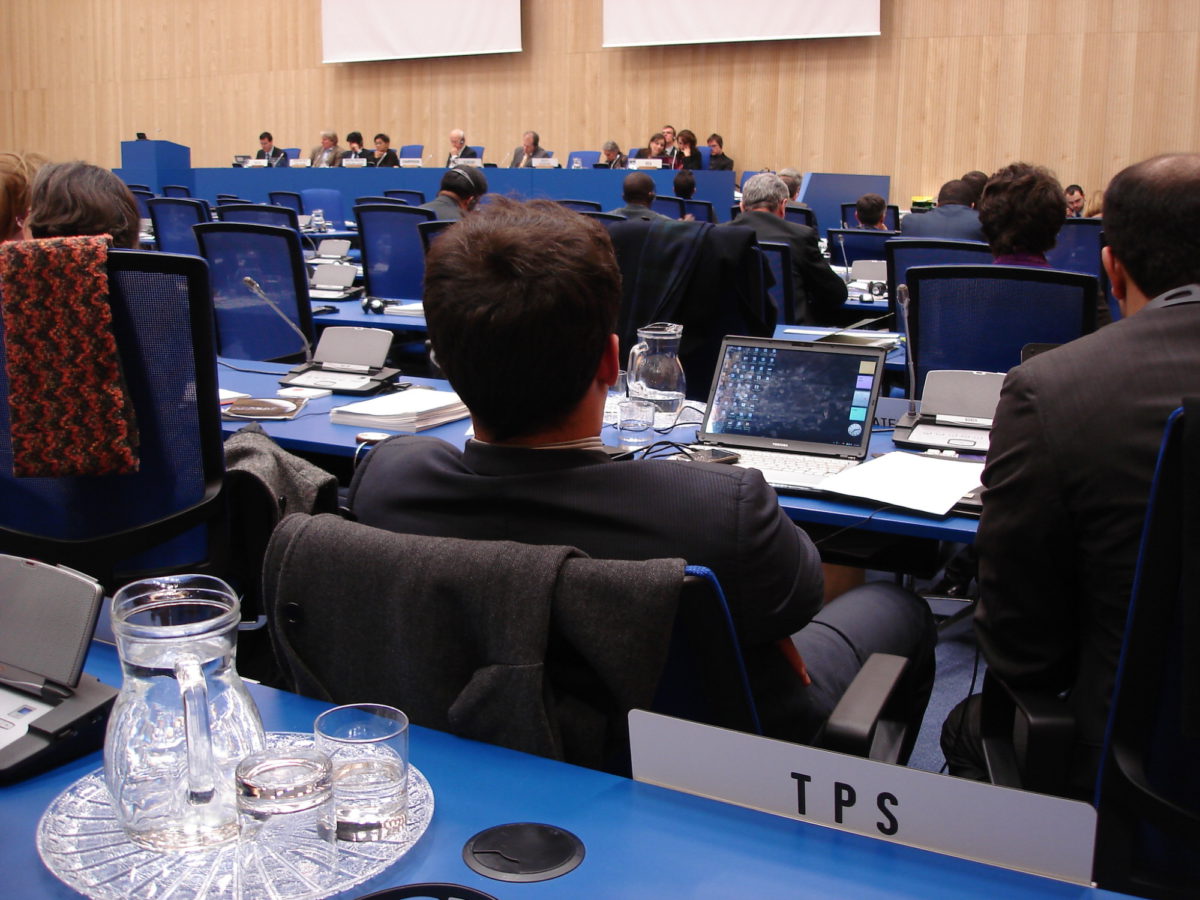Bruce Betts • Feb 15, 2010
Inside the U.N.'s Near Earth Object Working Group
This week I'm attending a U.N. meeting in Austria, in particular the parts focused on international considerations of the near-Earth object threat. The Planetary Society is very pleased to have recently been added to "U.N. Action Team 14." Sounds like a group of superheroes. Well, maybe not, but it is a group of people trying to save the world -- in this case from dangerous asteroids.
The U.N. bureaucratic structure makes any one country's bureaucracy seem amateurish. For example, I am representing The Planetary Society on Action Team 14 of the Near Earth Object Working Group of the Scientific and Technical Subcommittee (STSC) of the Committee on the Peaceful Uses of Outer Space (COPUOS). The current set of meetings I am attending includes the first 3 of those groups. So, I attend Action Team meetings, where we do small group, super hero editing of recommendations, sitting around a table and hashing things out. Those recommendations then go up the bureaucratic chain. I also attend the much larger STSC meetings. These are classic U.N. meetings complete with country delegations, real time translation through wireless headphones, and the all important country or organizational name placards. And, yes, The Planetary Society has our own name placard.

But besides important things like name placards and subcommittees of subcommittees, what is the point? Protecting the Earth from asteroids and comets is inherently an international issue. NEOs could hit anywhere and could affect multiple countries. They can create large disaster situations that will require international aid. And, if one country deflects a NEO so it won't hit a particular country, in the process, the NEO's target point will pass over other countries before reaching safety. How does one deal with that? Well, Action Team 14 is recommending several general steps that should be implemented internationally. These have flowed out of work by a variety of groups including the Association for Space Explorers, Secure World Foundation workshops, IAA Planetary Defense workshops (like the one I attended in Granada last year), and the AT 14 members. The bottom line is that rather than wait for when an asteroid is bearing down on us, we should decide now how the process will work, including the international coordination aspects. Then, when we find a NEO with our name on it, or that even has a high chance of hitting Earth, these protocols can be followed quickly to, yes, save the world.
See our latest issue of The Planetary Report -- done in partnership with the Secure World Foundation who is also here -- for more background on the international challenges as well as great technical articles on where we are now with our understanding of NEOs and how to potentially deflect them.
Support our core enterprises
Your support powers our mission to explore worlds, find life, and defend Earth. You make all the difference when you make a gift. Give today!
Donate

 Explore Worlds
Explore Worlds Find Life
Find Life Defend Earth
Defend Earth


